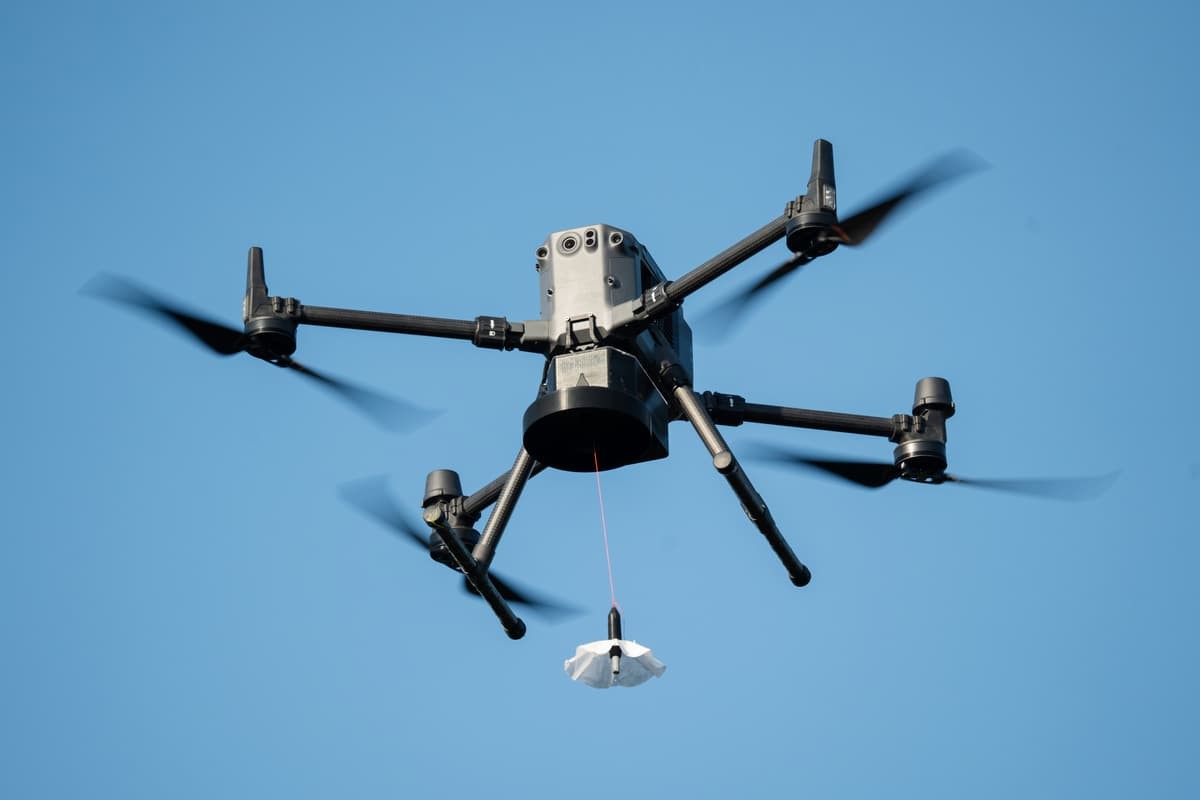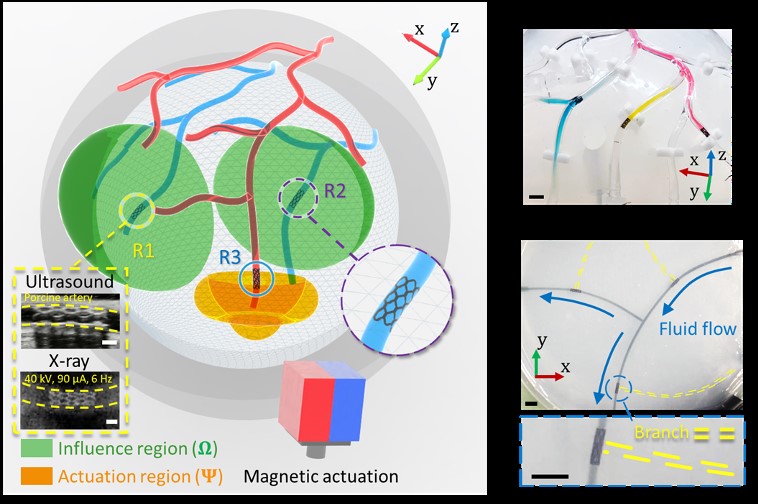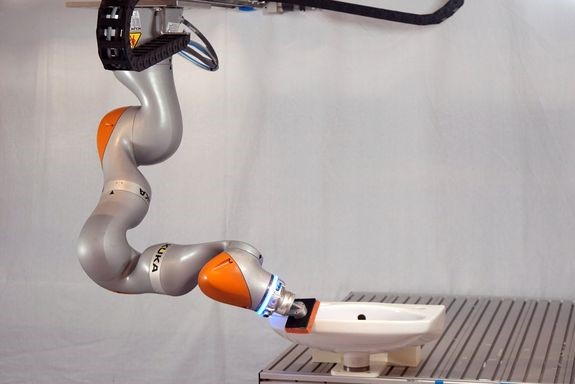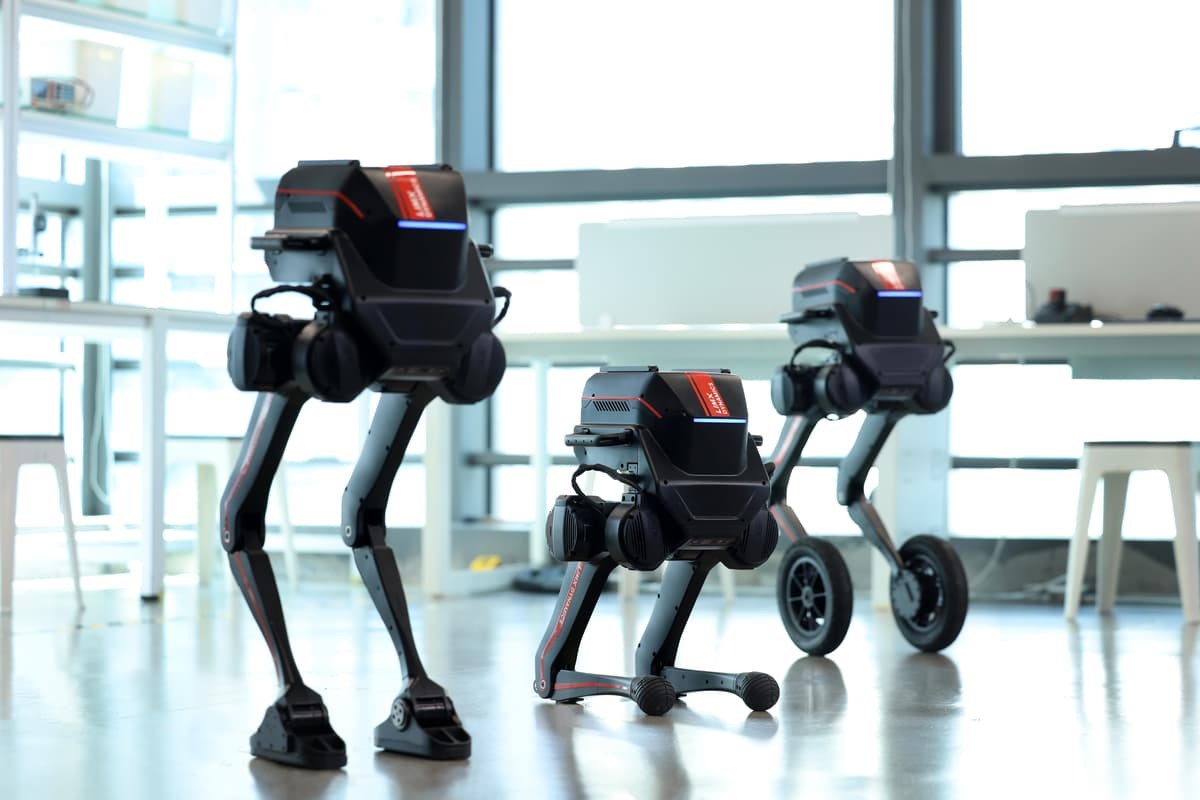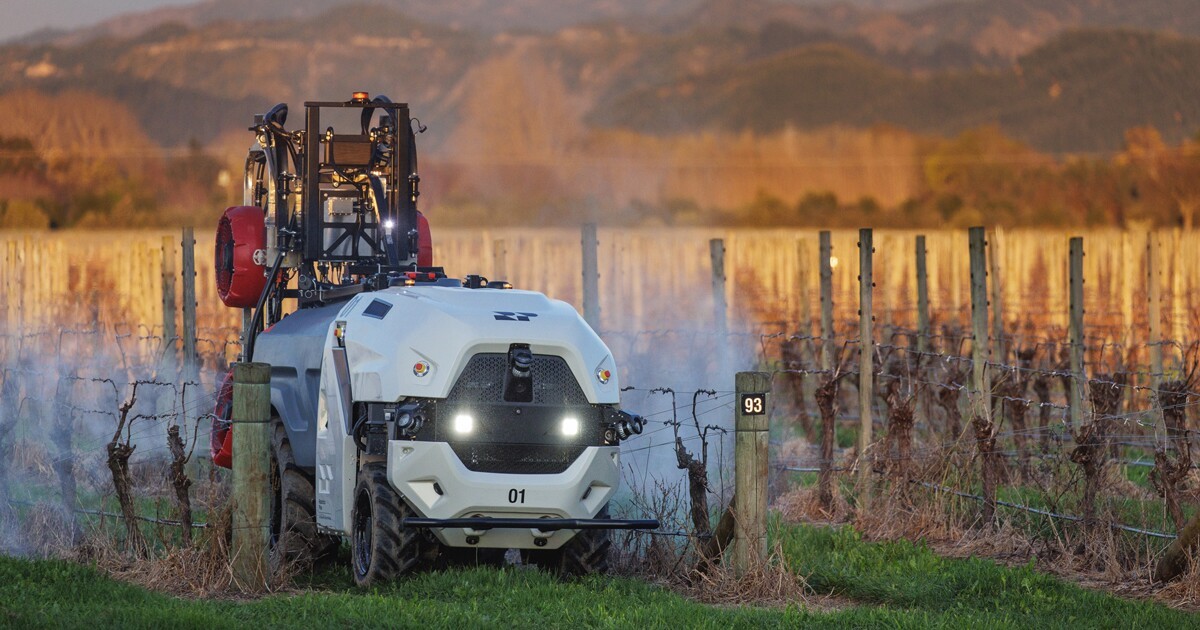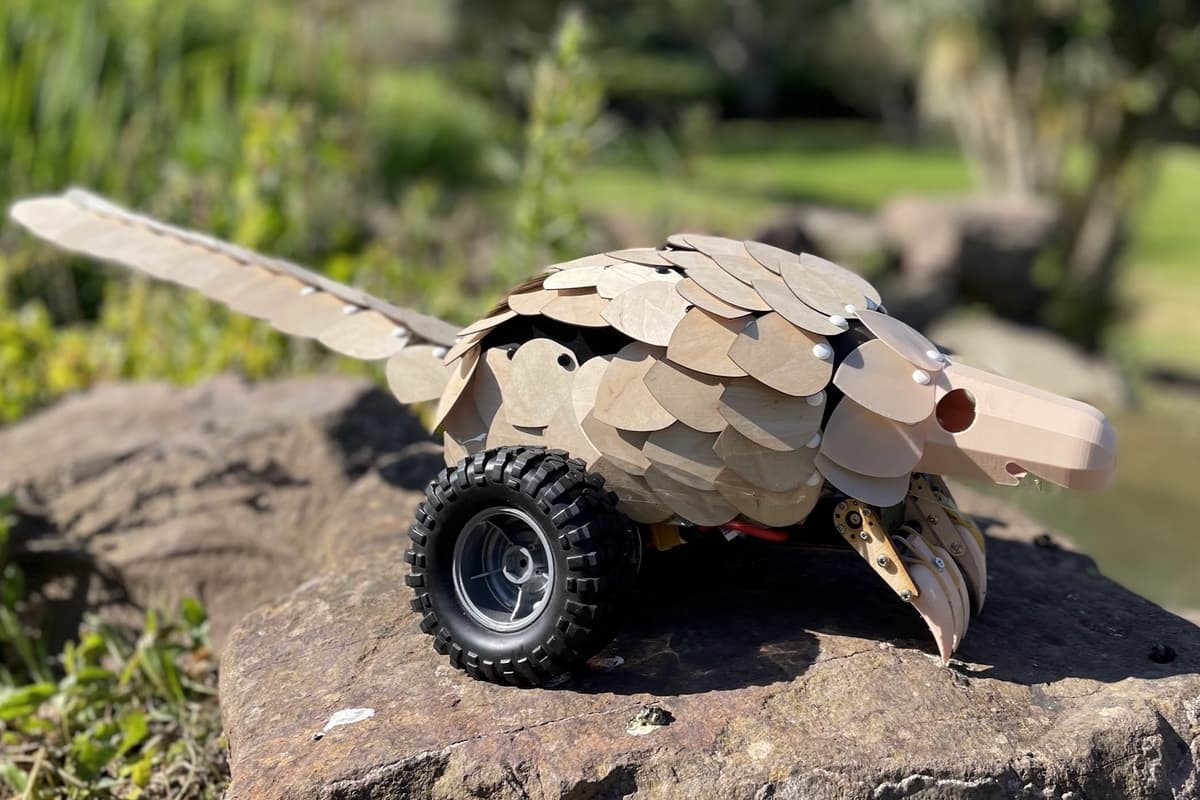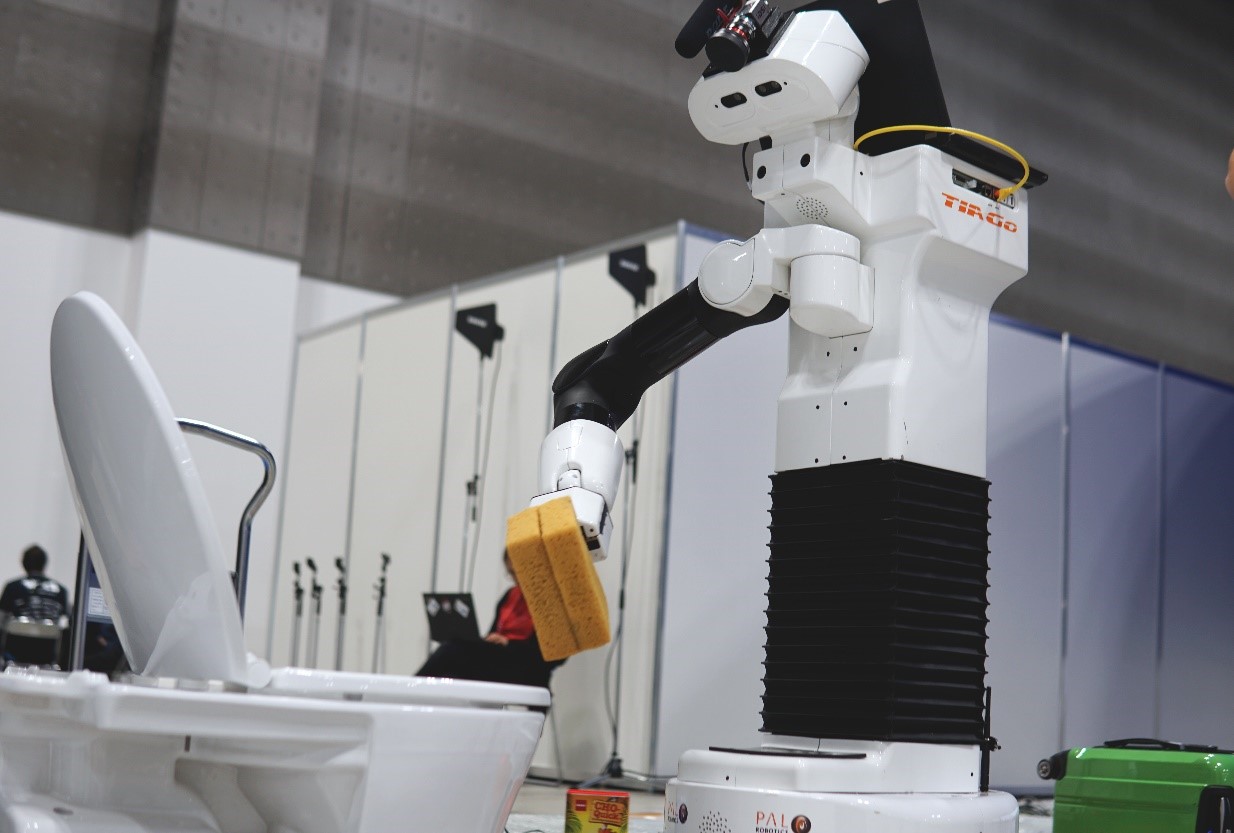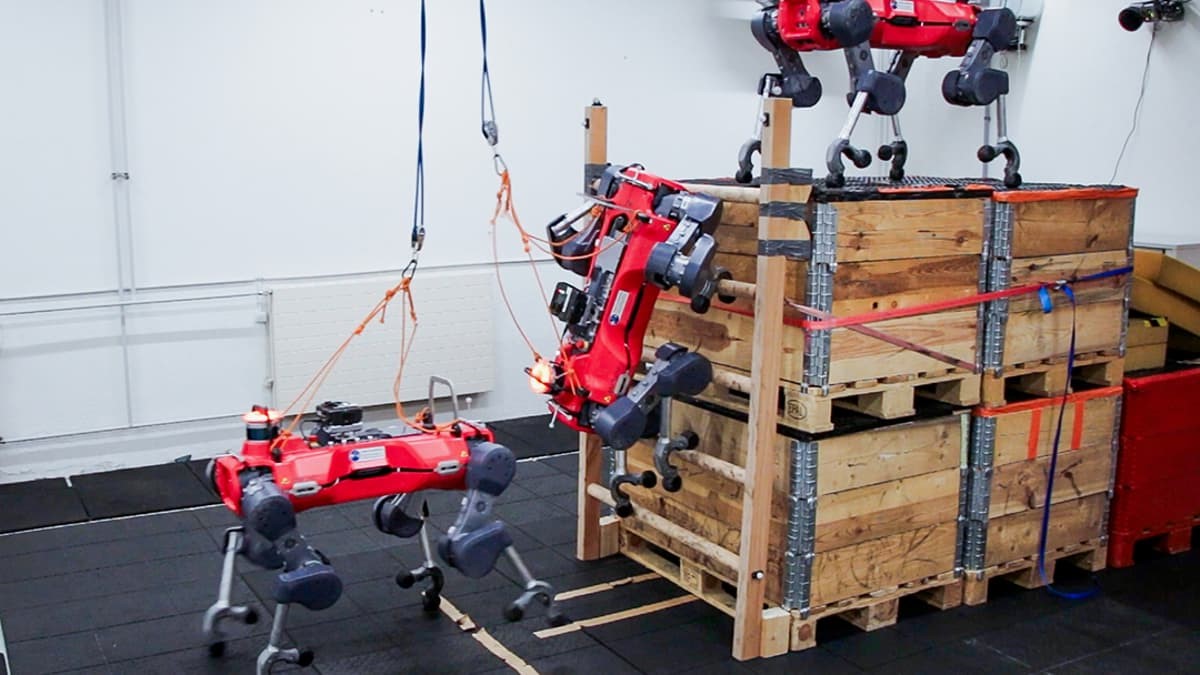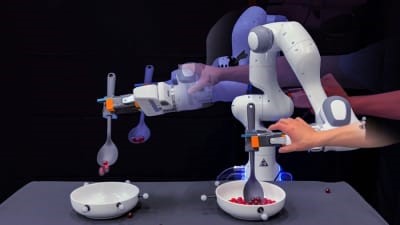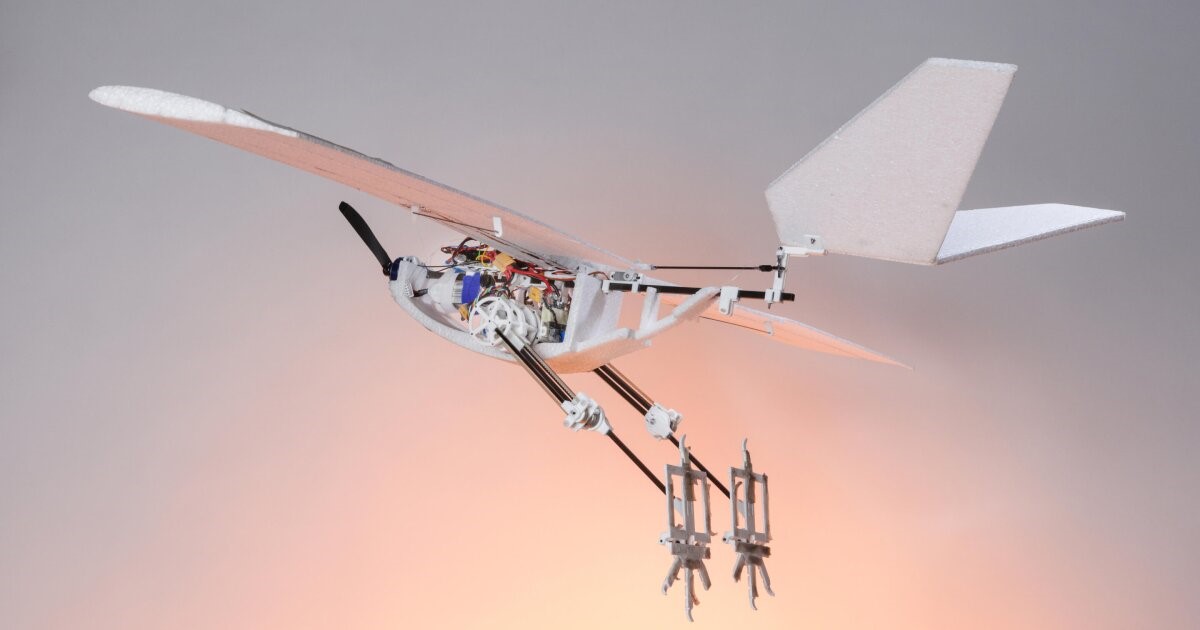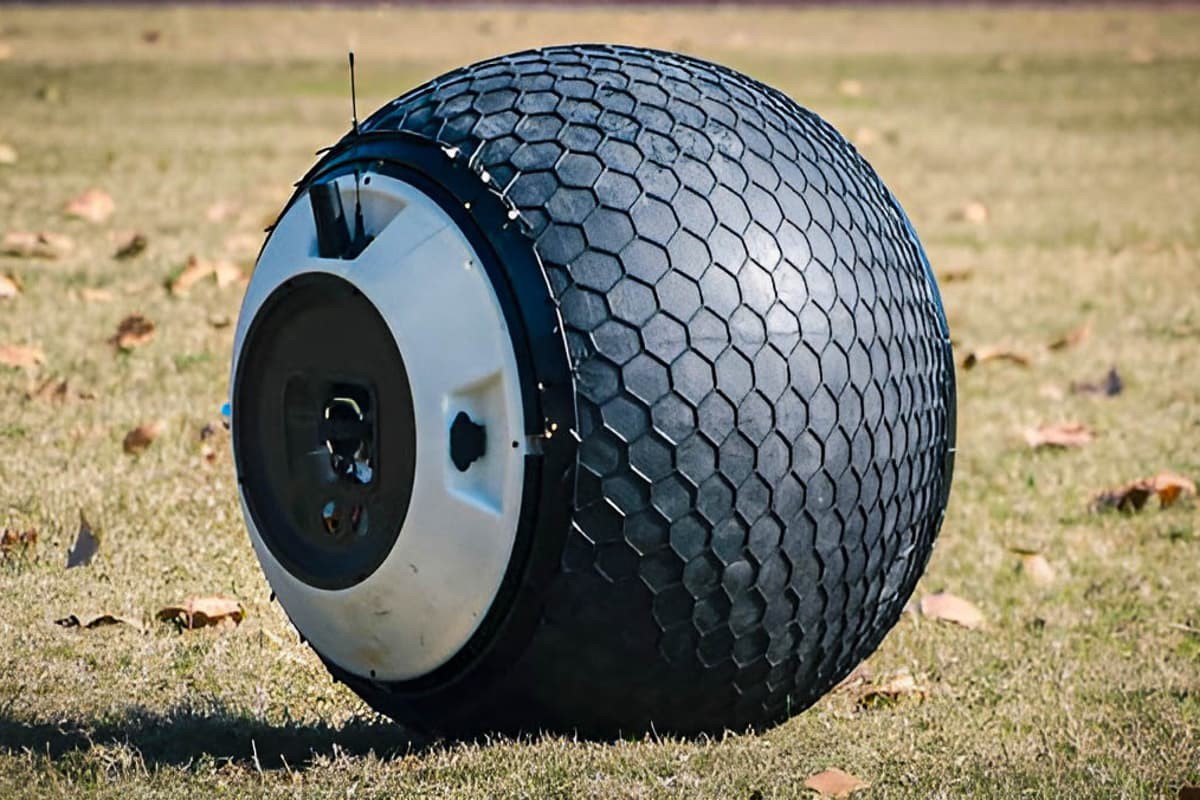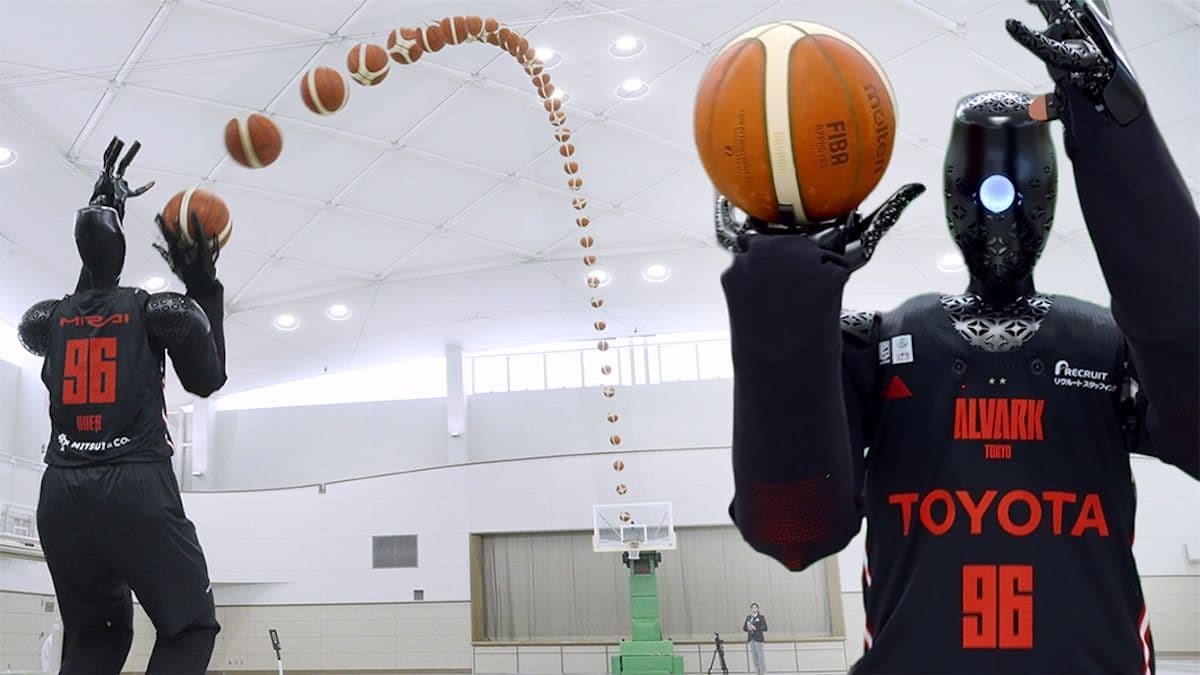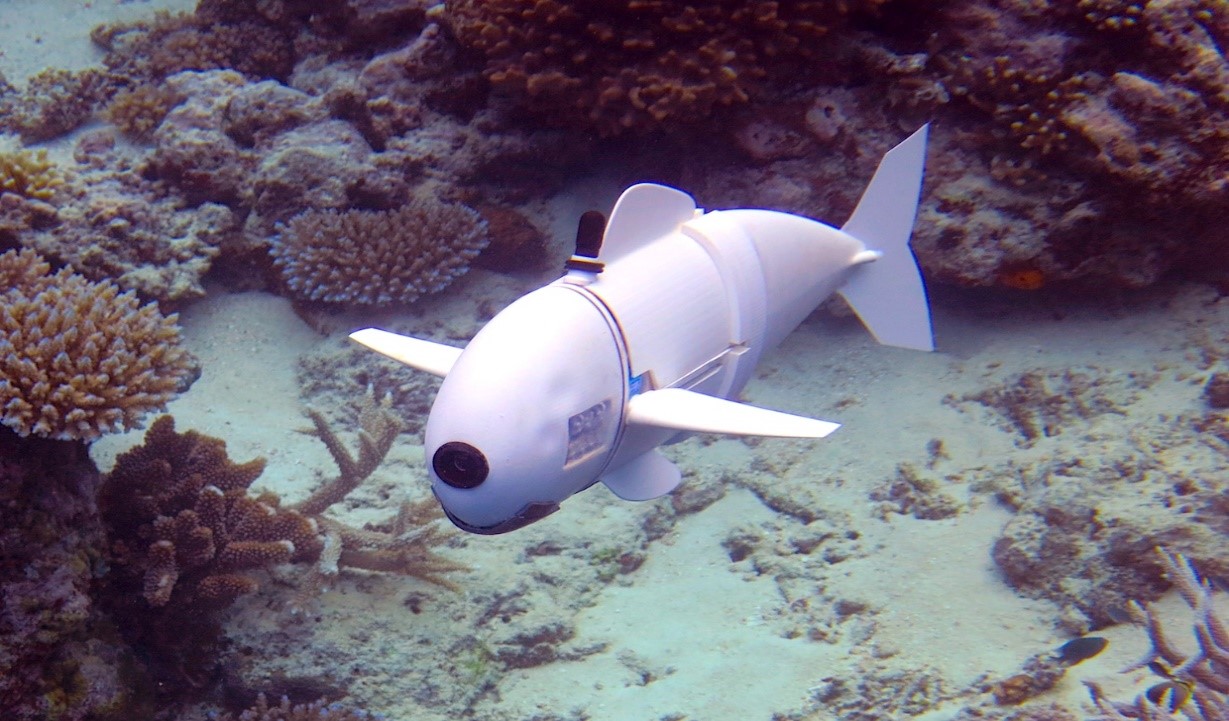New DNA Origami Method Could Build Cancer-Fighting Nanorobots
Researchers have developed programmable, 3D nanoscale objects, like a nano-dinosaur, a dancing robot, and a mini-Australia, using "DNA origami."
"We've created a new class of nanomaterials with adjustable properties," says Dr. Minh Tri Luu of the University of Sydney, the lead author of the Science Robotics paper.
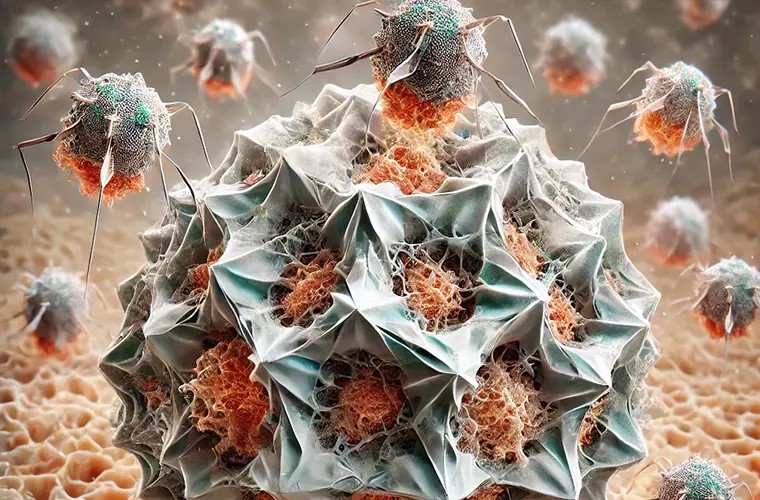
Figure 1. New DNA Origami Technique Could Create Cancer-Killing Nanorobots
“This will enable diverse applications – from adaptive materials that change optical properties in response to the environment to autonomous nanorobots designed to destroy cancer cells.” Figure 1 shows New DNA Origami Technique Could Create Cancer-Killing Nanorobots.
DNA origami is a technique that folds DNA into intricate 2D and 3D shapes at the nanometre scale.
The innovative approach creates DNA origami "voxels," which can be assembled like 3D building blocks into complex structures [1]. This is made possible by additional DNA strands on the exteriors of the voxels, acting as programmable binding sites to link them together.
“These sites act like Velcro with different colours – designed so that only strands with matching ‘colours’ (complementary DNA sequences) can connect,” says Luu. He explains that this allows for precise control over how voxels bind to each other, enabling the creation of customisable, highly specific architectures.
The potential applications of this technology are vast.
These new materials could be used to create nanoscale robotic boxes that spring open only in response to specific biological signals [2]. These could deliver drugs directly to targeted areas within the body, improving the effectiveness of cancer treatments while minimising side effects.
The research team is also exploring the development of materials that change properties in response to various environmental signals, such as alterations in temperature or pH levels.
“This work allows us to envision a world where nanobots can tackle a wide range of tasks, from treating the human body to constructing futuristic electronic devices,” says Dr. Shelley Wickham, who leads the research team at the University of Sydney.
References:
- https://www.sydney.edu.au/news-opinion/news/2024/11/28/velcro-dna-builds-nanorobotic-mecanno.html
- https://cosmosmagazine.com/technology/robotics/dna-origami-nanorobots/
Cite this article:
Janani R (2024), New DNA Origami Method Could Build Cancer-Fighting Nanorobots, AnaTechMaz, pp. 104


